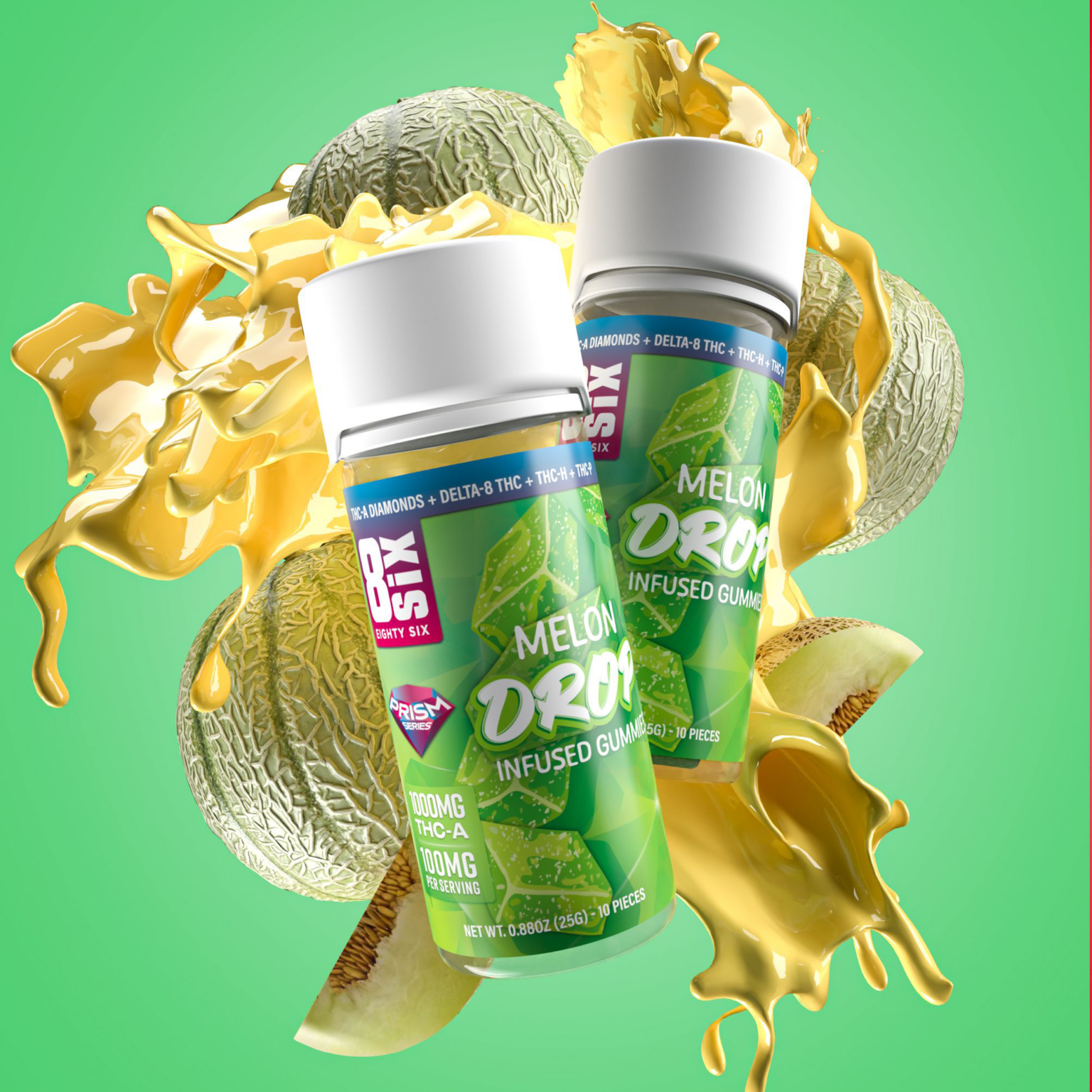Is 50mg Edible A High Dose

The world of cannabis edibles can be a confusing landscape, especially when it comes to understanding dosage. While a seemingly innocuous gummy or chocolate square might appear harmless, the potency packed within can vary dramatically. A single decision regarding dosage can lead to vastly different experiences, ranging from mild relaxation to overwhelming anxiety and discomfort.
Is 50mg of THC in an edible a high dose? This question is not just a matter of curiosity; it's a critical consideration for both seasoned cannabis users and newcomers alike. The answer, as with many aspects of cannabis consumption, is nuanced and depends on a confluence of individual factors and regulatory contexts. Understanding these factors is paramount for ensuring a safe and enjoyable experience.
Understanding THC Dosage and Its Effects
The psychoactive compound in cannabis responsible for the "high" is tetrahydrocannabinol, or THC. Edibles introduce THC into the bloodstream via the digestive system, a process that differs significantly from inhalation. This difference has profound implications for the onset, intensity, and duration of effects.
When cannabis is smoked or vaped, THC enters the bloodstream rapidly through the lungs, leading to a near-instantaneous high. Edibles, on the other hand, require the body to metabolize the THC in the liver, converting it into 11-hydroxy-THC, which is believed to be more potent and longer-lasting. This metabolic process can take anywhere from 30 minutes to 2 hours to kick in.
50mg of THC is generally considered a high dose for most individuals. This is according to several state cannabis regulations and expert opinions. The effects can be intense and prolonged, potentially lasting for several hours.
Factors Influencing Edible Effects
Several factors can influence how an individual reacts to a 50mg edible. These include:
- Tolerance: Regular cannabis users develop a tolerance to THC over time, requiring higher doses to achieve the desired effects. A seasoned user may find 50mg manageable, while a novice could experience significant discomfort.
- Metabolism: Metabolic rates vary widely from person to person. Individuals with faster metabolisms may process THC more quickly, leading to a shorter but potentially more intense experience.
- Body Weight: Body weight can influence the concentration of THC in the bloodstream. Lighter individuals may be more sensitive to the effects of edibles.
- Individual Sensitivity: Some people are naturally more sensitive to the effects of THC, regardless of tolerance or body weight. Genetics may play a role in this sensitivity.
- Stomach Contents: Consuming edibles on an empty stomach can lead to faster absorption and more intense effects. Food, especially fatty foods, can slow down absorption and moderate the experience.
It is important to consider these factors before consuming edibles to prevent unintended experiences.
Regulatory Guidelines and Recommended Dosages
Many states with legal cannabis markets have established guidelines for edible dosages. In Colorado, for example, a single serving is defined as 10mg of THC, and products are often limited to this amount per serving. This regulatory standard reflects a general consensus on what constitutes a manageable dose for the average consumer.
"Start low and go slow" is a commonly repeated mantra in the cannabis community. This emphasizes the importance of beginning with a low dose and gradually increasing it until the desired effects are achieved.
Organizations like the National Cannabis Industry Association (NCIA) advocate for responsible consumption and provide resources for consumers to educate themselves on proper dosing. Their recommendations typically align with the "start low and go slow" approach.
50mg would be five servings in a lot of jurisdictions.
Potential Risks of High-Dose Edibles
Consuming a high dose of THC, such as 50mg, can lead to several adverse effects, especially for those with low tolerance or pre-existing health conditions. These effects can include:
- Anxiety and Paranoia: THC can exacerbate anxiety and induce paranoia in some individuals. High doses significantly increase the risk of these negative psychological effects.
- Impaired Coordination and Motor Skills: THC can impair coordination and motor skills, increasing the risk of accidents and injuries.
- Nausea and Vomiting: Some people experience nausea and vomiting after consuming high doses of THC.
- Increased Heart Rate and Blood Pressure: THC can increase heart rate and blood pressure, which can be problematic for individuals with cardiovascular conditions.
- Psychosis: In rare cases, high doses of THC can trigger psychotic episodes in susceptible individuals.
It's important to be aware of these risks and to consume edibles responsibly. If you experience any adverse effects, seek medical attention immediately.
Expert Opinions on Edible Dosages
Experts in the field of cannabis research and medicine generally advise caution when consuming edibles, particularly at higher dosages. Dr.Peter Grinspoon, a primary care physician and cannabis specialist at Massachusetts General Hospital, emphasizes the importance of patient education and responsible dosing.
He suggests that new users start with 2.5mg to 5mg of THC and wait at least two hours before taking more. This allows individuals to gauge their sensitivity and avoid overconsumption.
Dr. Sue Sisley, a cannabis researcher and physician, has also cautioned against unregulated edible products due to inaccurate labeling. The variability in THC content can make it difficult for consumers to accurately dose themselves.
It is crucial to source edibles from reputable and legally compliant dispensaries to ensure accurate labeling and product safety.
The Future of Edible Regulations and Consumer Education
As the cannabis industry continues to evolve, there is a growing need for stricter regulations and enhanced consumer education. Many states are working to improve labeling requirements and dosage guidelines for edibles.
Organizations like the Cannabis Regulators Association (CANNRA) are working to promote consistency in regulations across different states. Standardized testing and labeling requirements are crucial for ensuring consumer safety and promoting responsible consumption.
Furthermore, public health campaigns are needed to educate consumers about the risks associated with high-dose edibles and the importance of responsible dosing. These campaigns should target both new and experienced cannabis users to promote informed decision-making.
Conclusion
In conclusion, 50mg of THC in an edible is generally considered a high dose and can lead to intense and potentially adverse effects, especially for those with low tolerance. Factors like tolerance, metabolism, body weight, and individual sensitivity all play a role in determining how an individual will react. Regulatory guidelines in many states reflect this concern, with single servings often capped at 10mg.
As the cannabis industry matures, improved regulations and enhanced consumer education are crucial for promoting responsible consumption and minimizing the risks associated with high-dose edibles. The key takeaway remains: "start low and go slow" to ensure a safe and enjoyable experience.
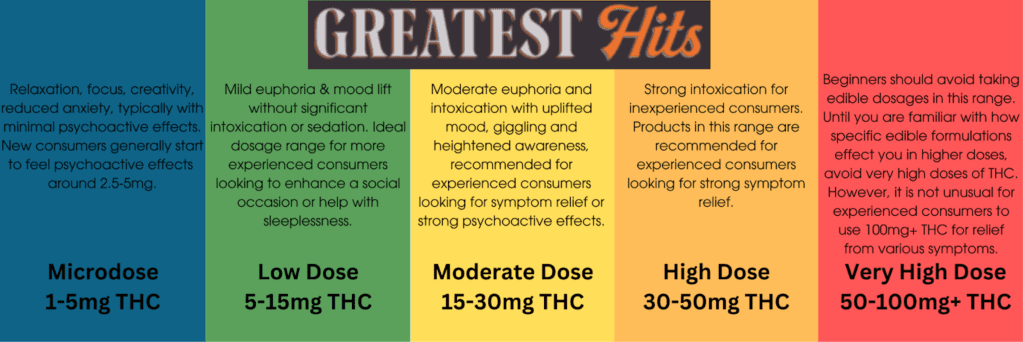
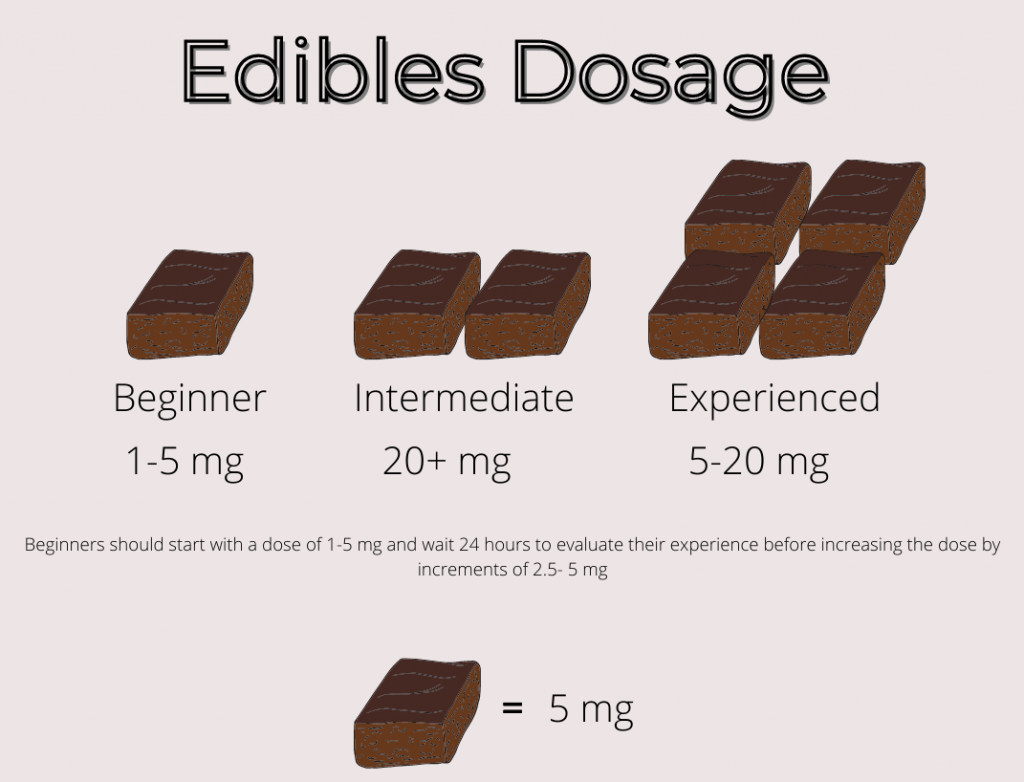
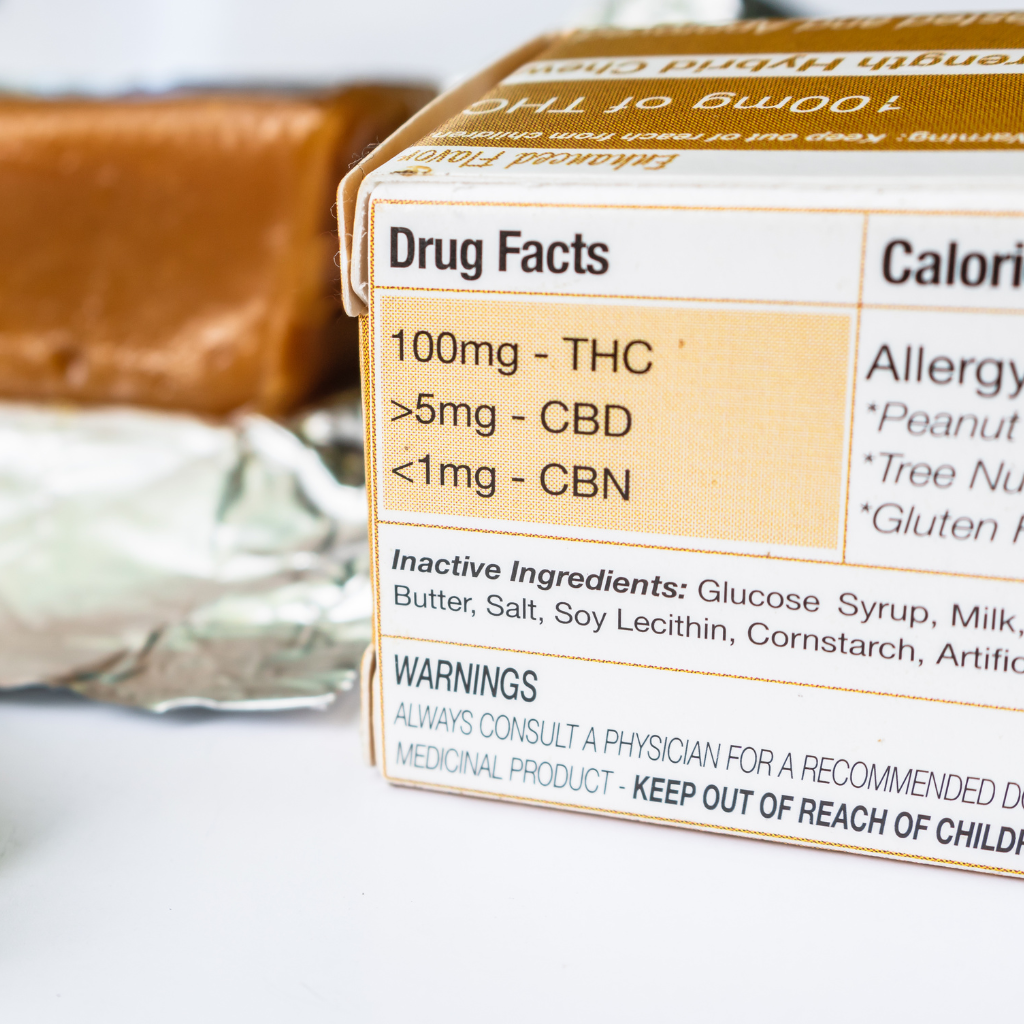
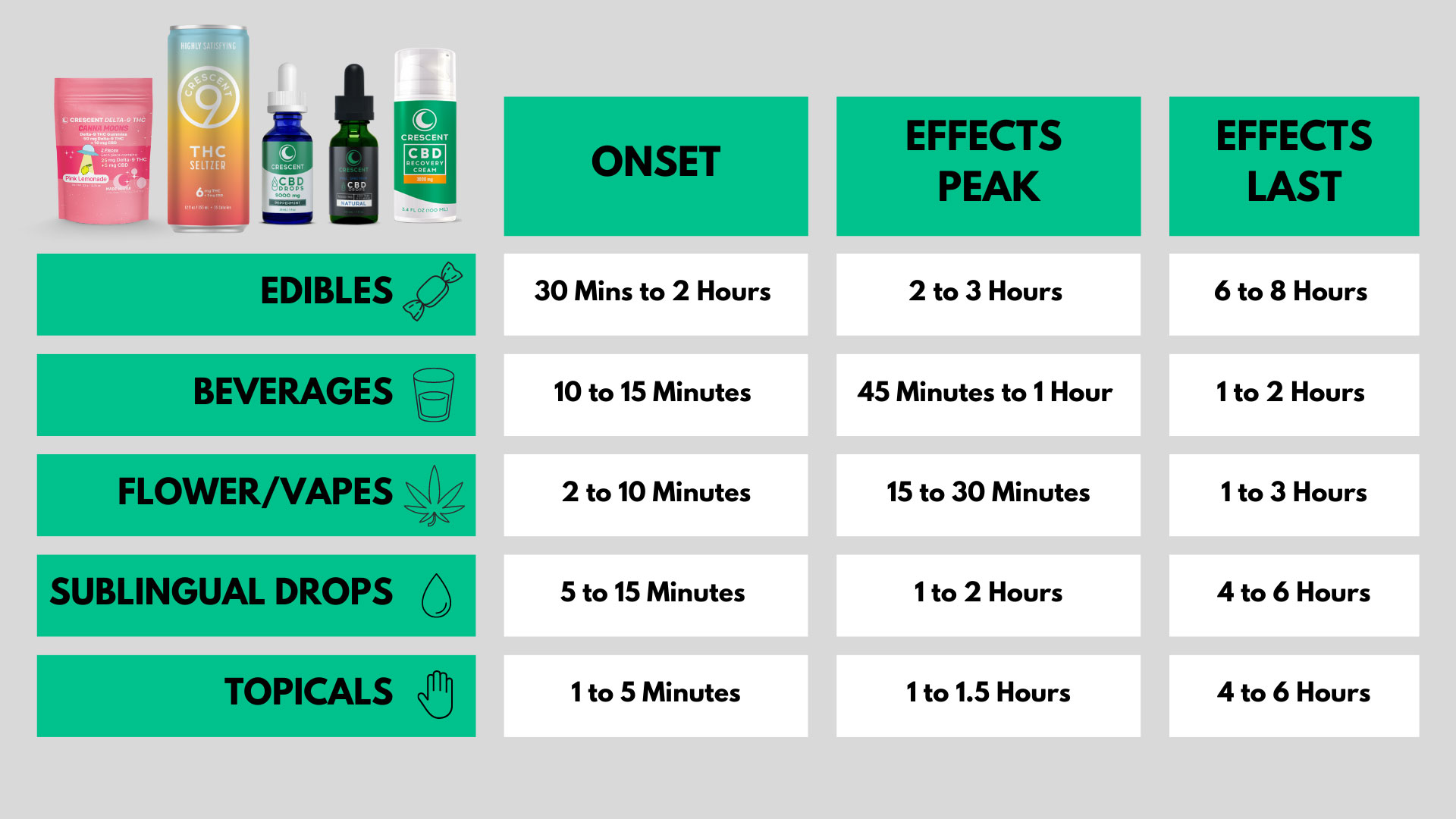


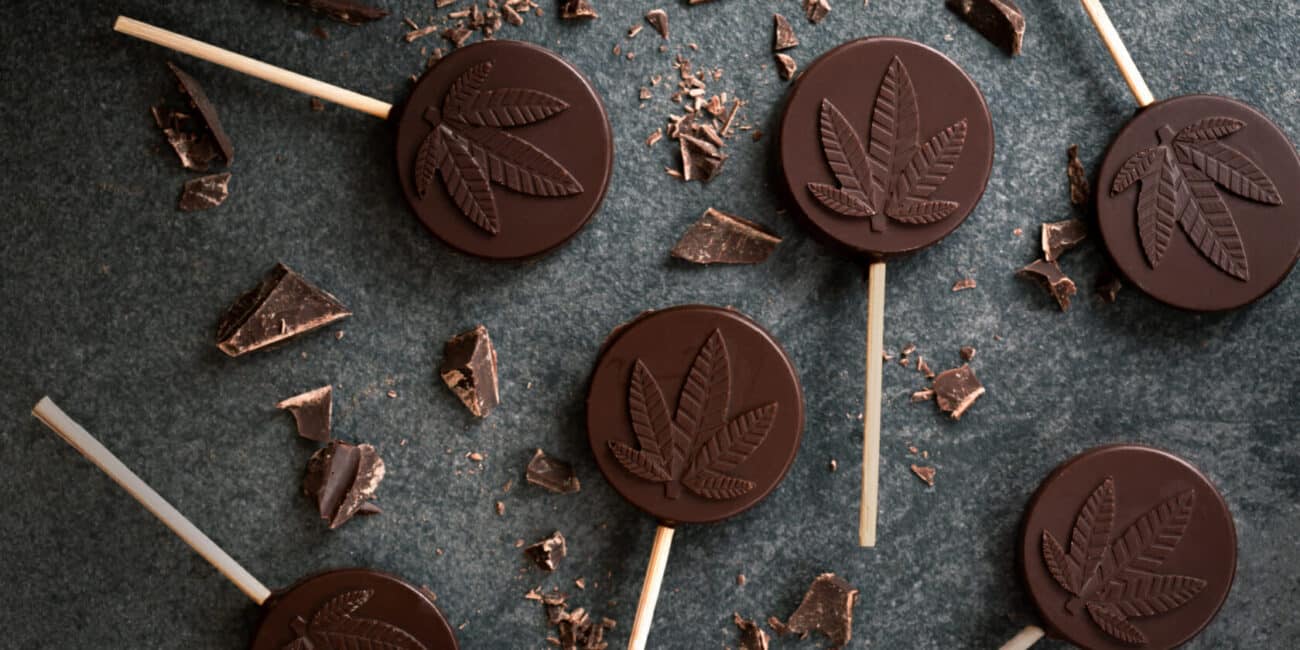

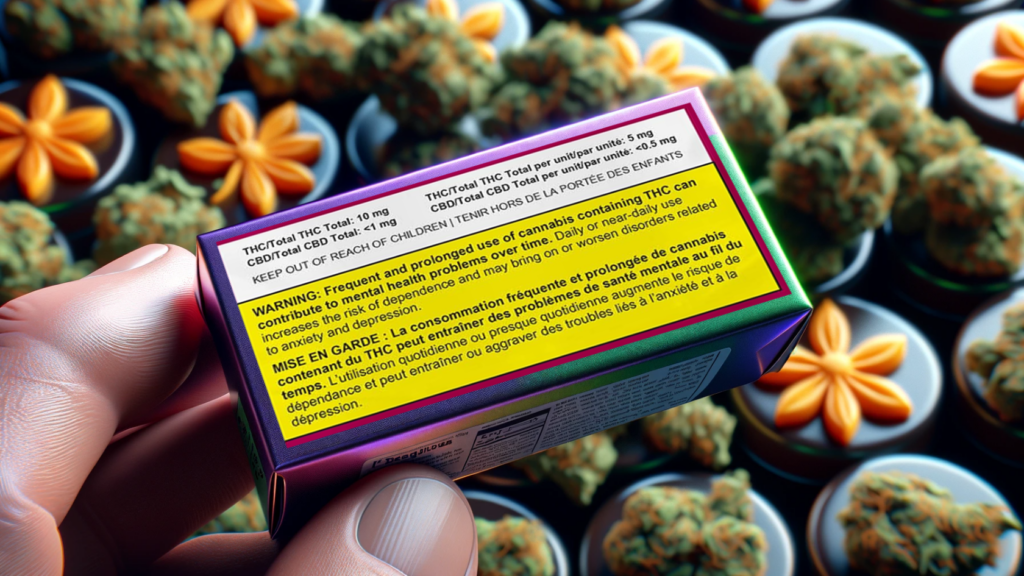
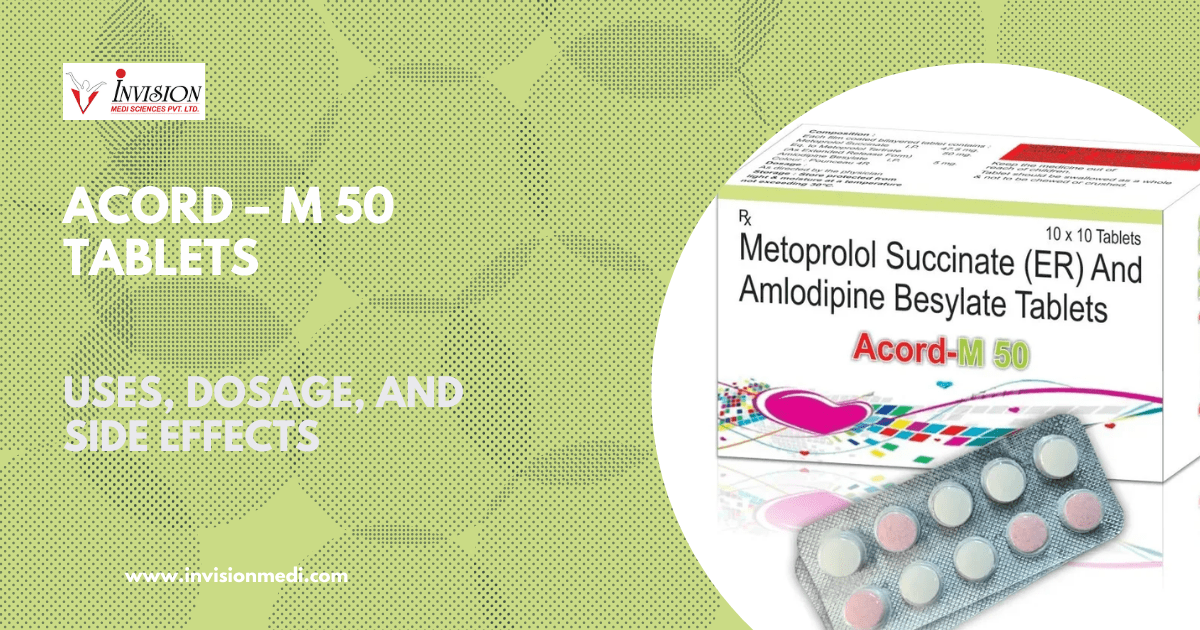
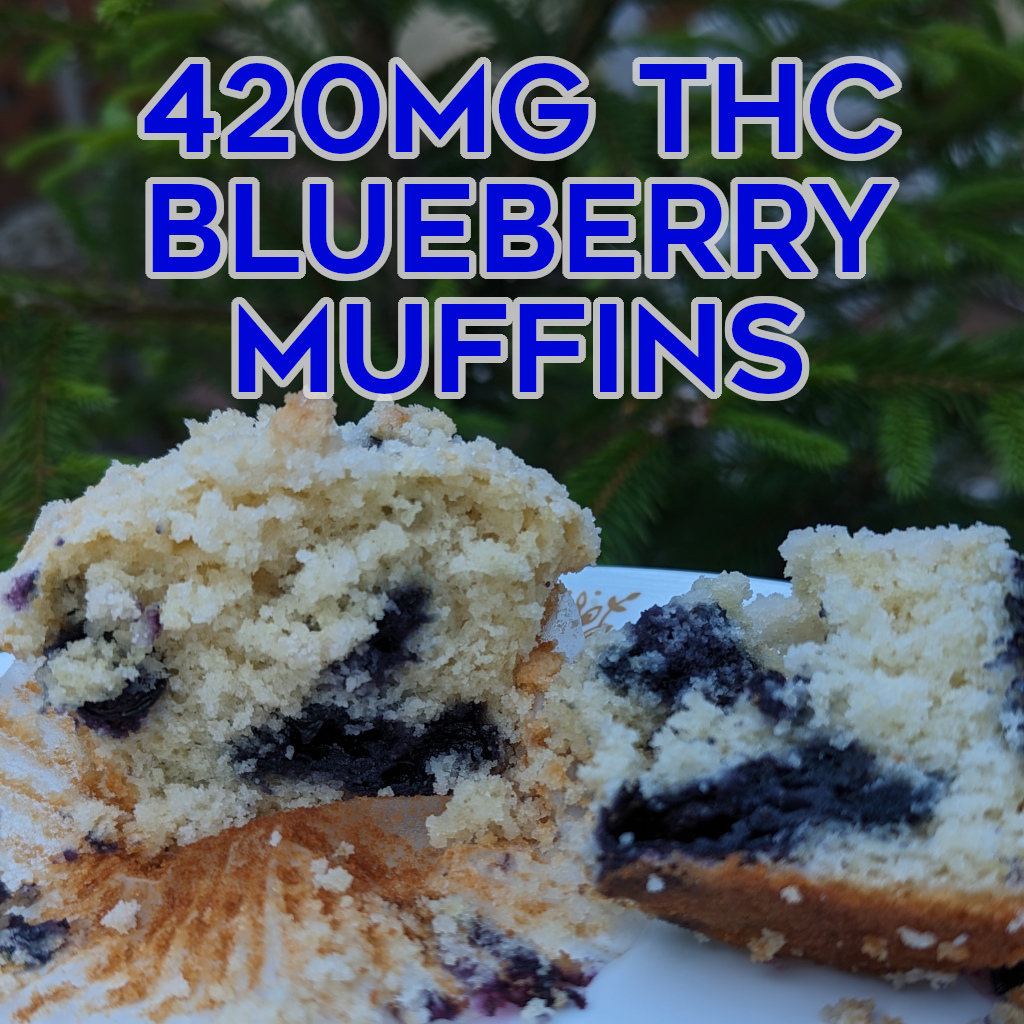
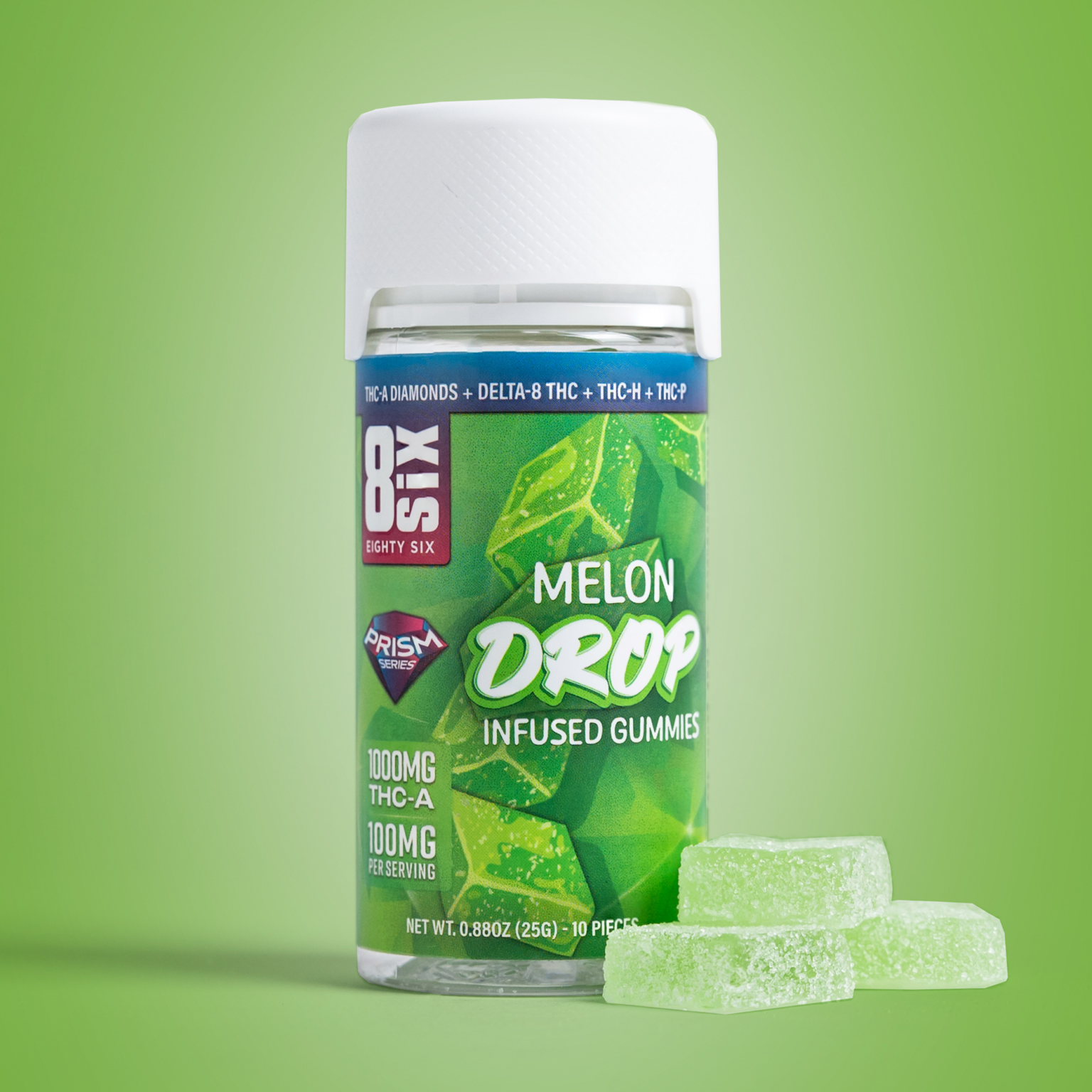



![Is 50mg Edible A High Dose 5:1 Snoozzzeberry + CBN Low Dose [10pk] (50mg THC/10mg CBN](https://product-assets.iheartjane.com/photos/fa/71/fa7112af-d6ab-4a38-8c36-0d7a18e3db65.png)
![Is 50mg Edible A High Dose THC Edible Dosage: A Quick Chart [2024] | SunMed Growers](https://www.sunmedgrowers.com/files/blog/wide-med-gummyvarietystack1.png)
